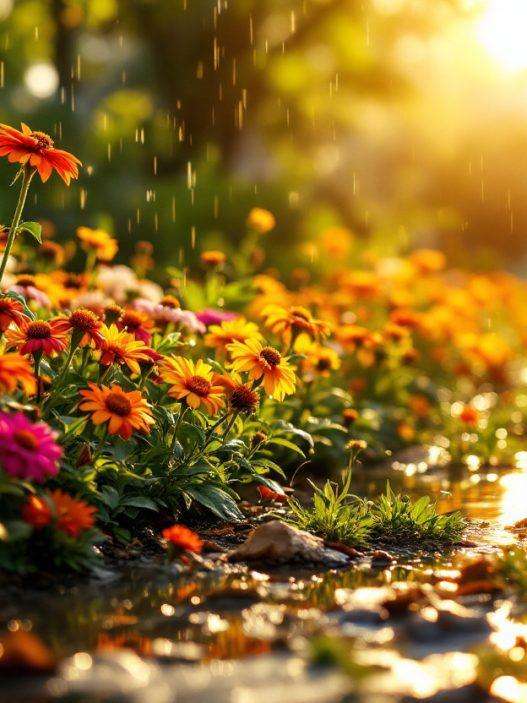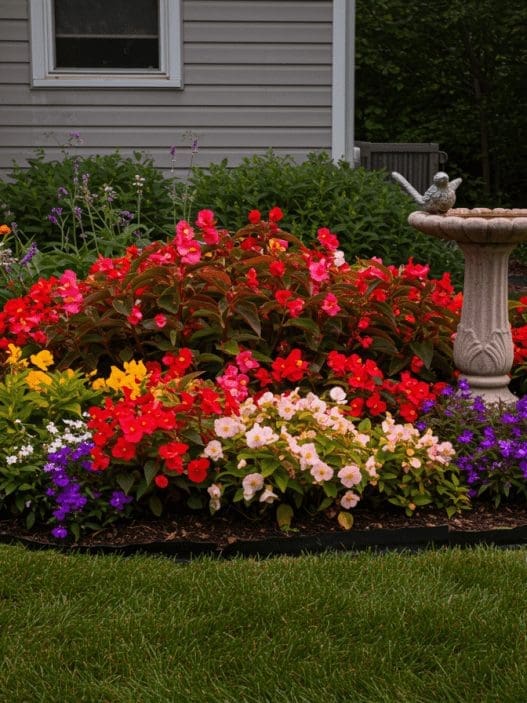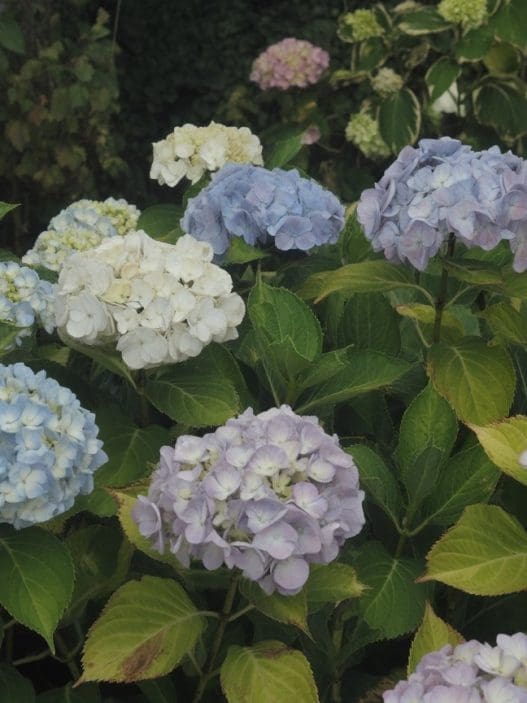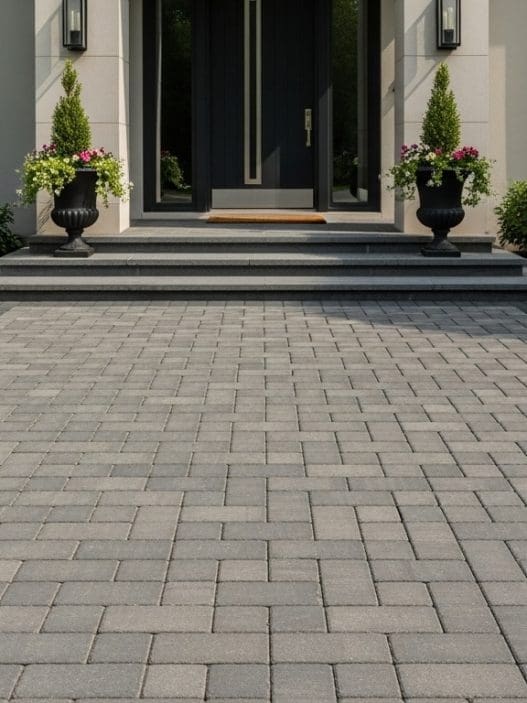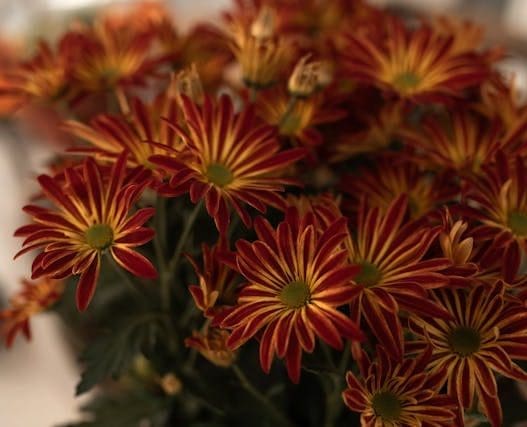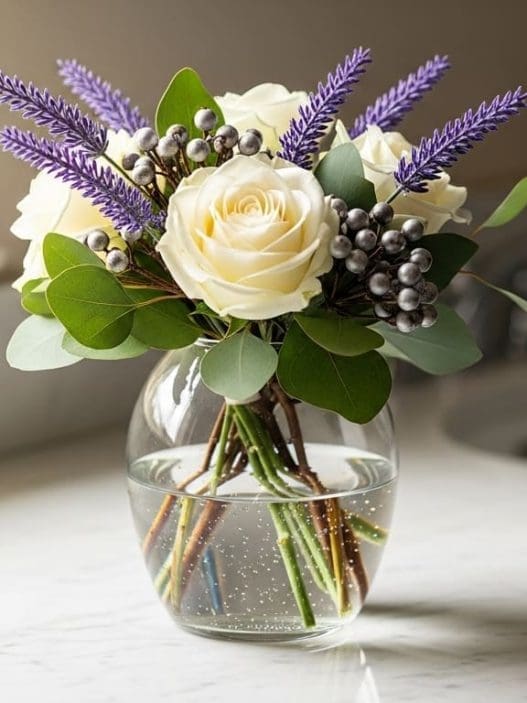That awkward stretch between winter and spring always throws me off. You know, when the Christmas wreath is long gone but it’s still too cold for petunias? The porch just ends up looking bare. So lately I’ve been paying attention to little in-between winter to spring planter ideas that make things feel alive again, but still fit the chill in the air.
1 | Layer Evergreens with Early Bulbs
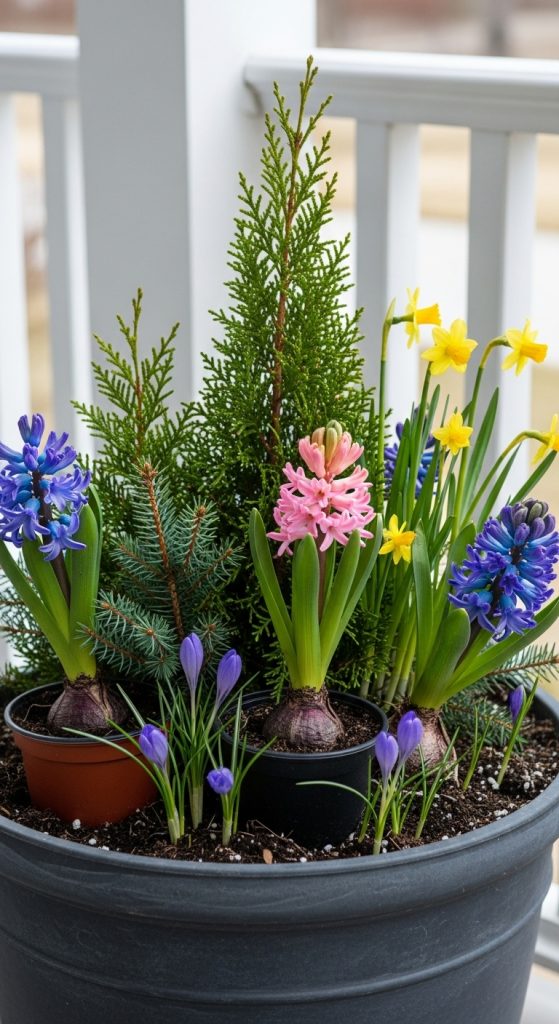
One neighbour did this and it weirdly worked. She left her winter evergreens in place – like small sprigs of pine and cedar and tucked a few potted hyacinths right in between.
The contrast looked really nice, all that deep green with pops of purple and pink.
You can do the same with daffodils or even crocus.
It’s a mix that says, “I’m still cold but trying.” You don’t even need to replant everything, just wedge the bulbs in while the soil’s still firm.
2 | Add Mossy Accents
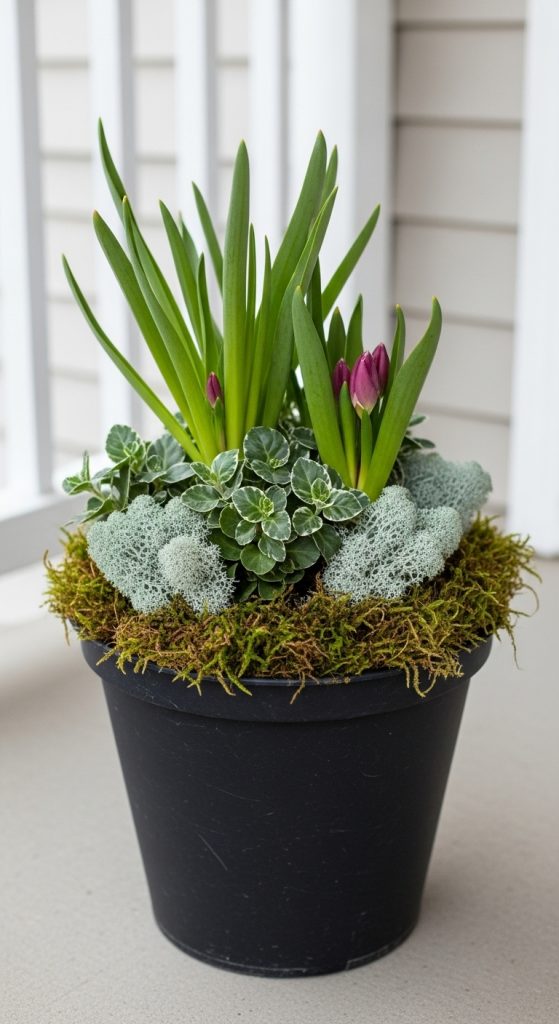
My friend picked up a few sheets of preserved moss from a craft shop and tucked them around the base of her winter planter.
It gave it this soft, earthy look that made the whole thing feel fresh again.
Moss hides old soil gaps and instantly tones down anything that feels too “Christmas.”
You can even layer it on top of frozen soil if your pots haven’t thawed yet.
It’s cheap, quick, and makes a nice texture shift between seasons.
3 | Use Bare Branches and Pussy Willow For Your Winter to Spring Planter
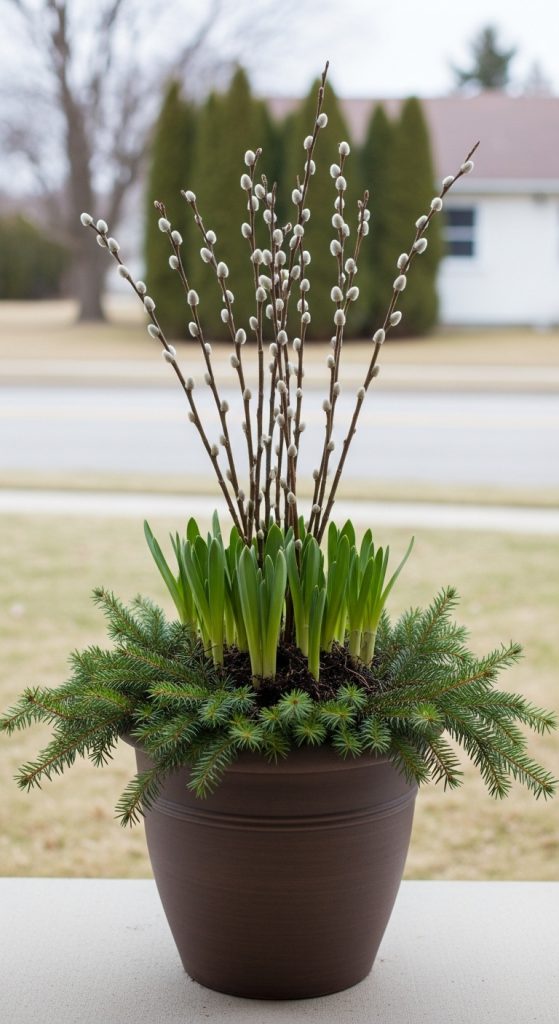
When you can’t grow flowers yet, sticks save the day.
I’ve seen people bundle together pussy willow branches and stick them into leftover winter greens.
It looks simple but has that early spring energy – those fuzzy buds against deep evergreens just work somehow.
The shape also adds height when everything else is short and sparse.
Bonus: they last ages without needing water.
4 | Swap Out Pinecones for Twigs
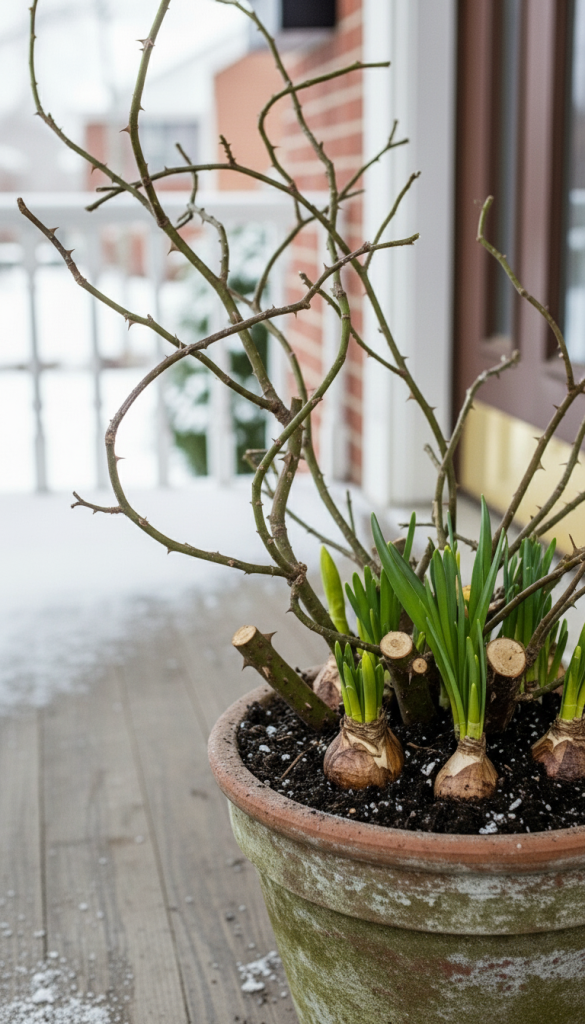
You don’t need to throw away your whole winter planter. Just pull out the pinecones and add some thin, twisty twigs instead.
I once used small pieces from pruning my rose bush and they looked fine.
The lighter, airy branches make it feel less heavy and more “spring’s coming.”
A little tweak like that can make the same pot work another month or two and is great for winter to spring planter ideas.
5 | Tuck in Mini Primroses To Your Winter to Spring Planter
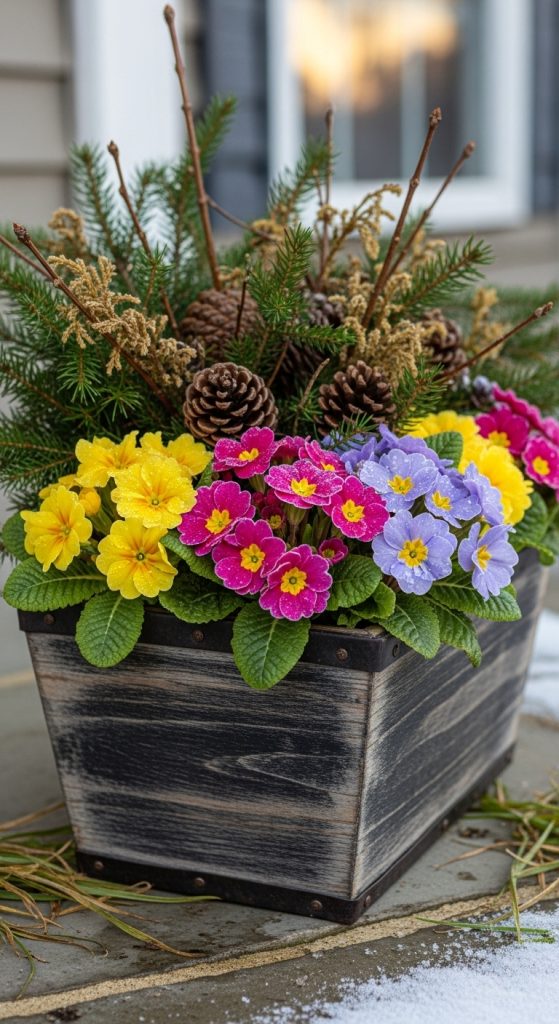
These are usually the first flowers you see in the shops after Christmas.
My mom always planted them early, even when frost was still hitting.
They survive more than you’d expect.
Try a few around the edges of your existing winter greens.
Their small size makes them easy to squeeze in and the color just wakes everything up.
6 | Try Rustic Buckets or Old Tins

If your regular planters look too “winter fancy,” try swapping them for something plainer.
I used two old metal buckets from the shed, added soil, and shoved in some ivy with leftover branches.
The worn metal looked nice against the greenery.
You can find similar containers at thrift stores, and even if they’re dented, they somehow fit the change of season.
7 | Add a Few Birch Logs
I’ve seen this done in a few porches and it never fails.
A couple of white birch logs stuck upright in the middle of your planter gives it structure and brightness.
It looks seasonal without screaming Christmas.
When you add new flowers later, the logs still fit right in.
You can usually grab small bundles of birch at garden centers or craft stores.
8 | Mix in Artificial Flowers Sparingly
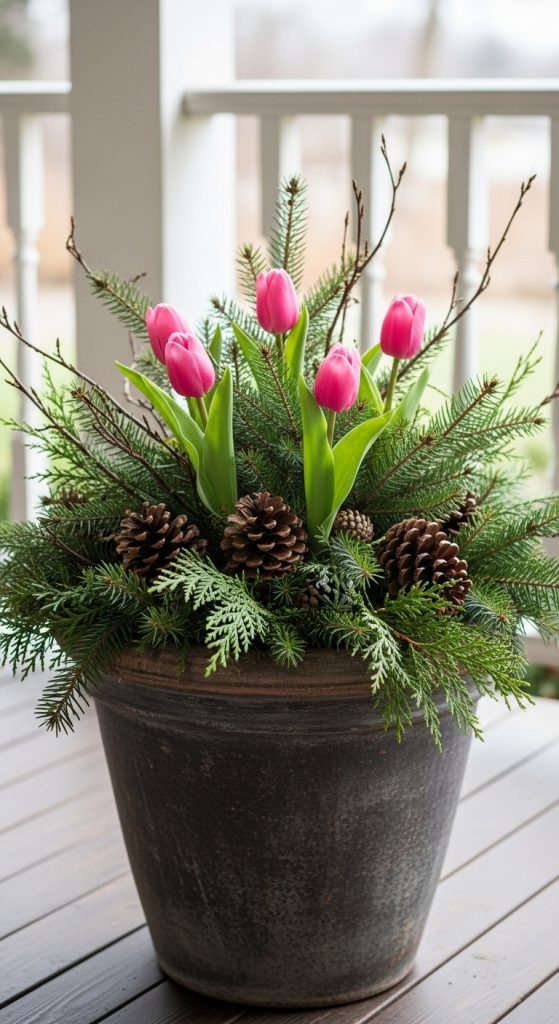
This might sound odd, but hear me out.
When nothing’s blooming yet, a few faux tulips mixed into real greenery can trick the eye.
My neighbour did this and it actually looked natural from a distance.
The key is to mix textures – don’t go all plastic, just a few stems tucked deep in. It buys you time until the real ones bloom.
9 | Keep the Colors Muted In Your Winter to Spring Planter

Right now isn’t the moment for bright summer shades.
Stick to soft greens, whites, and pale yellows. It blends better with leftover winter decor and helps the porch look calm, not confused.
I did this once with white pansies and some dusty miller, and it felt quietly fresh.
Nothing showy, just clean and simple.
10 | Add Herbs That Handle Cold
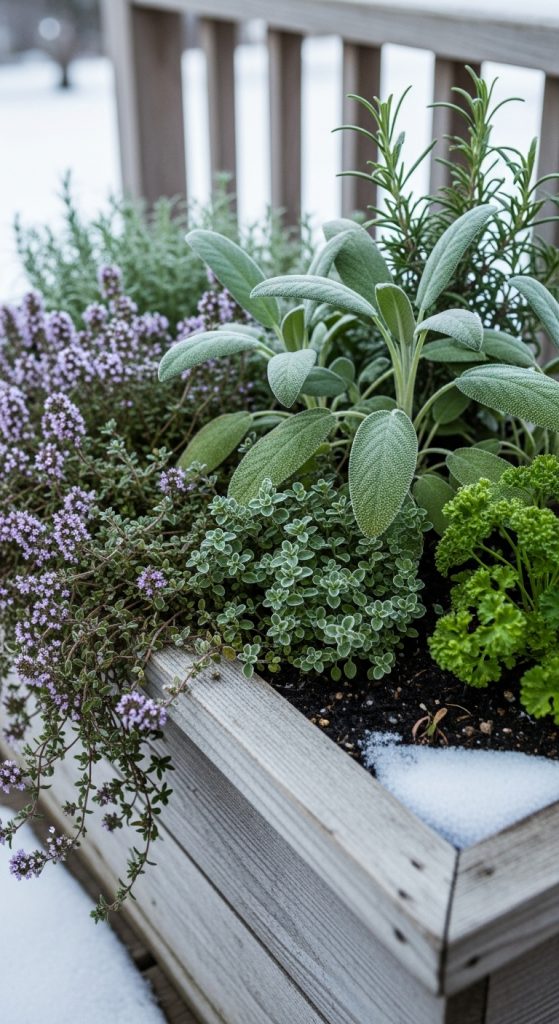
You might not think herbs when you picture early planters, but some do great in cool temps.
Try thyme or sage – they’re sturdy, smell amazing, and look tidy even without flowers.
My friend grows hers in a cracked terracotta pot on her porch and it just keeps going.
You can add flowers later when it’s warmer.
11 | Use Straw or Jute to Hide Old Soil
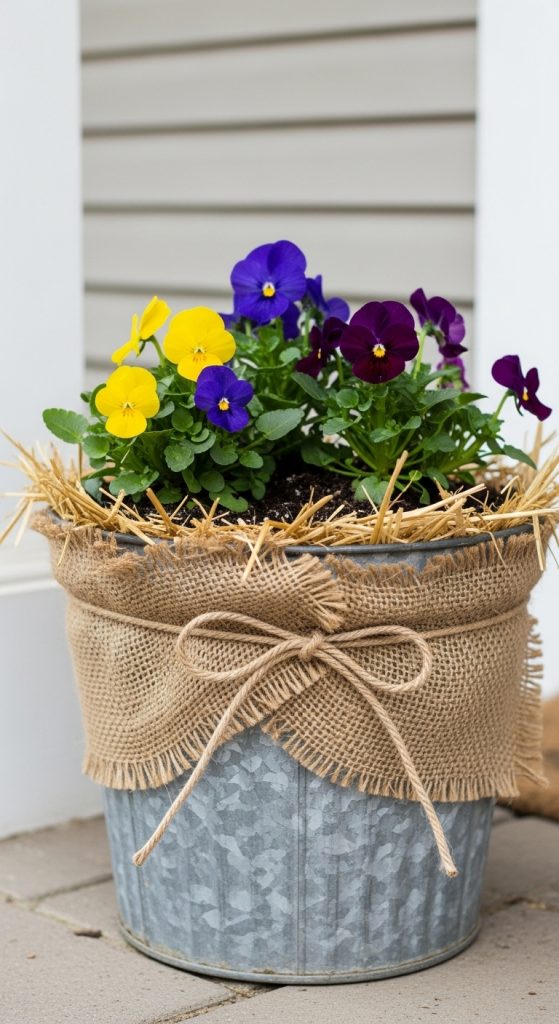
If your planter’s seen better days but you’re not ready to redo it, cover the top layer of soil with straw or a bit of jute fabric.
It hides the rough patches and adds a farm-like feel. You can tie a bit of jute twine around the pot too if you’re feeling fancy.
It’s the kind of fix that costs nothing but makes the whole thing look intentional.
12 | Add Early Ivy Trails To Your Winter to Spring Planter
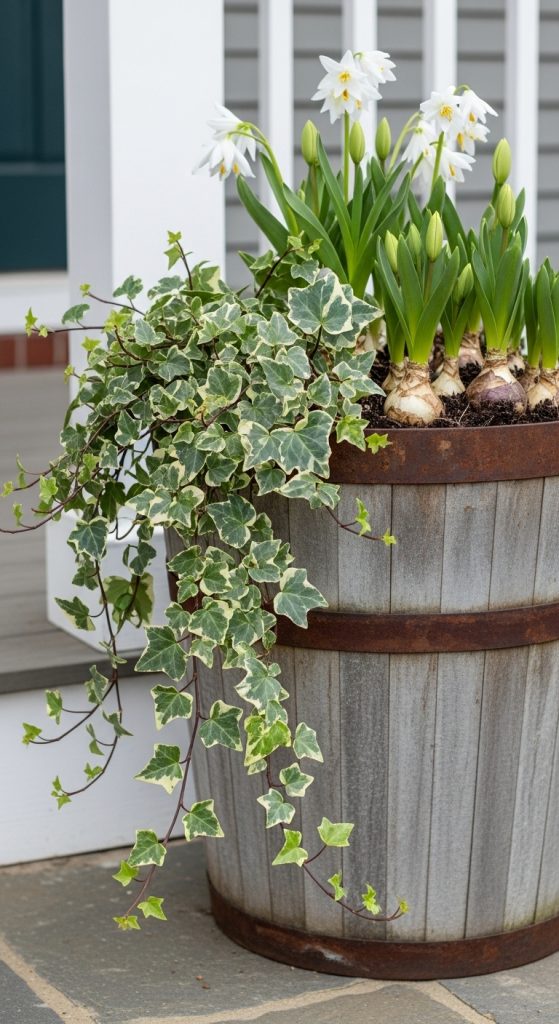
Ivy works all year, really. I’ve had the same one hanging over the edge of my planter since October and it still looks alive.
As spring creeps in, it softens the whole display. You can just trim the ends and weave them through new bulbs.
It’s a good way to keep continuity so your porch never looks “empty.”
13 | Combine Lanterns with Plants

I love when planters have small lanterns tucked in beside them. You can keep using the same ones from Christmas, just remove any red ribbons.
Add a white candle or a small LED light instead. It keeps that cozy glow going through early spring evenings.
I saw someone do this with daffodils around the base – it looked simple and kind of sweet.
14 | Paint the Planter
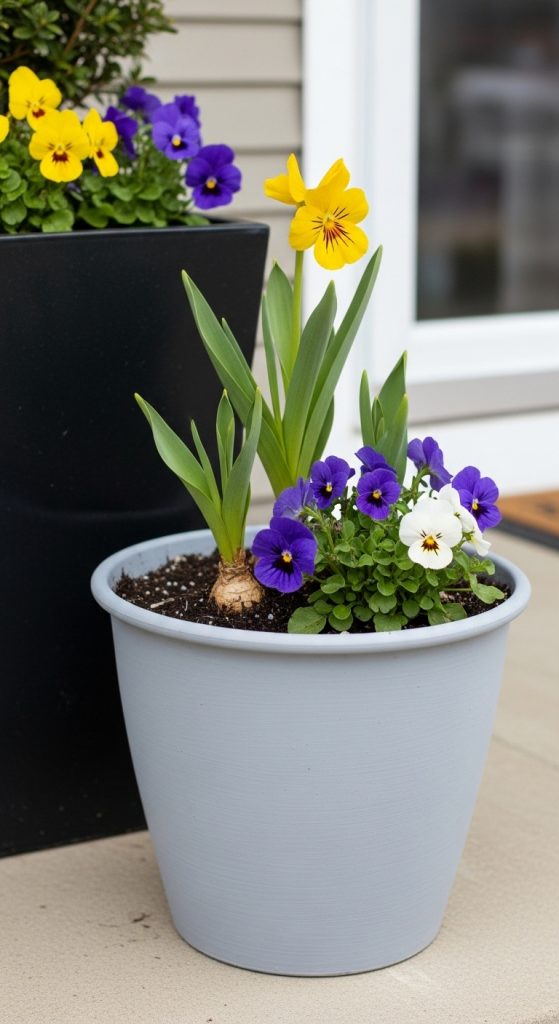
If you’re tired of how your pots look, a quick coat of neutral paint helps.
Painting black winter planters a soft gray gives that softer but sleek look. However, you can absolutely paint them bright colors like pink, blues or greens to brighten up your porch.
15 | Add a Small Wreath to Match
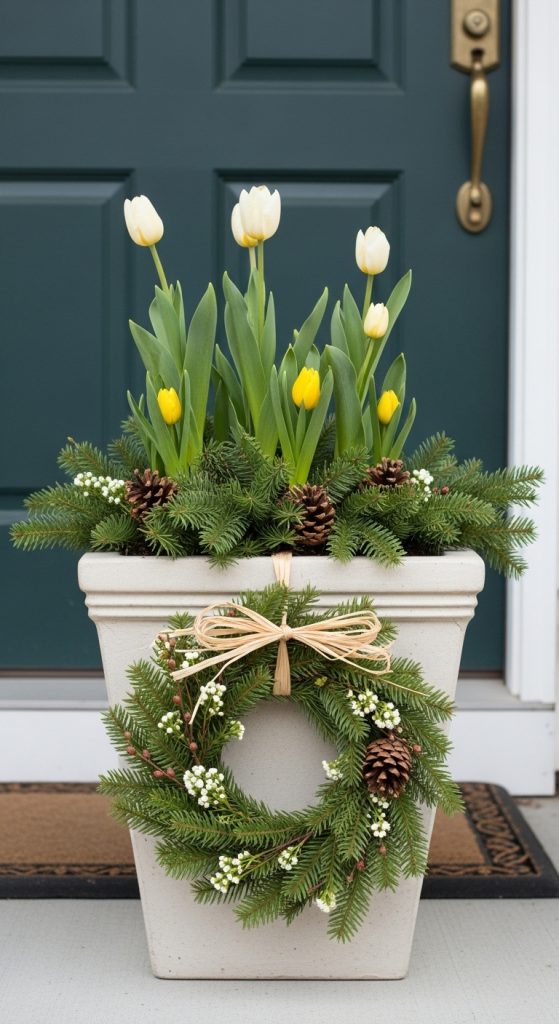
This sounds silly, but pairing your planter with a matching wreath really pulls things together.
I did this one year – used leftover greens, a few twigs, and tied it with some raffia.
It looked simple but tidy, like I meant to decorate instead of just being lazy.
The trick is to keep them both in the same colors so it feels balanced from the street.












